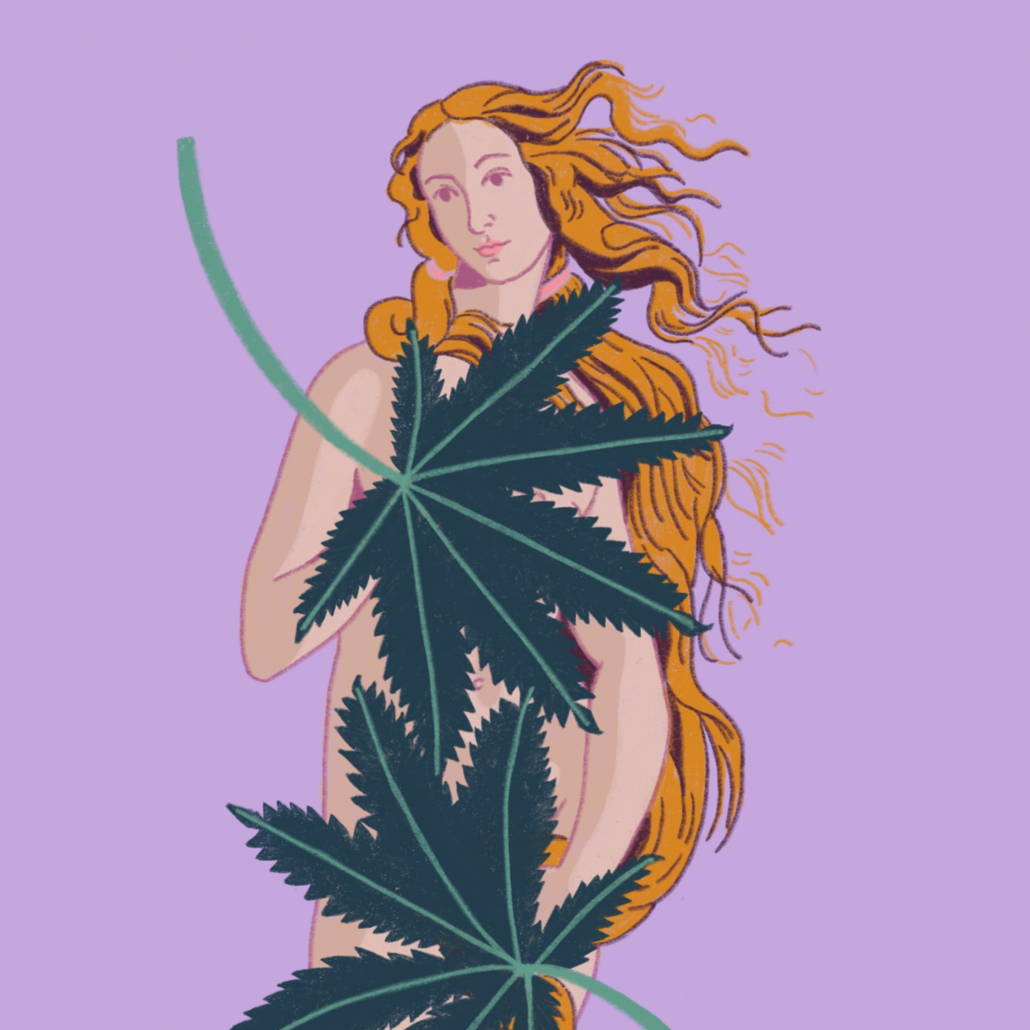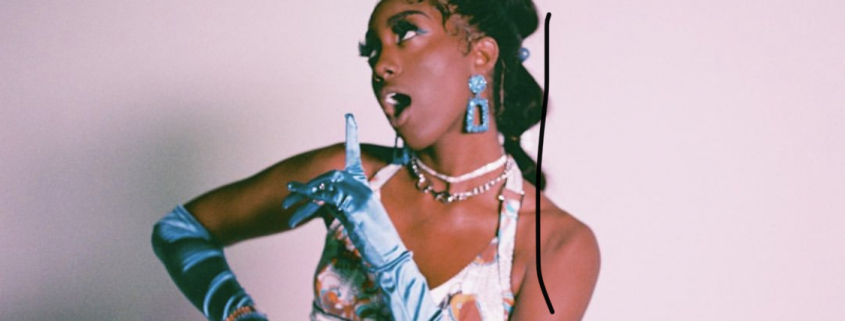To Be Blunt: I just think that women

In her viral hit song, “In the Party,” 20-year-old Alabama rapper Flo Milli wisely quips “I smoked all his weed and I told him to leave (goodbye).” Beyond the hysterical giggling this line always elicits from me and my friends, lies the sheer ingenuity of her mind in writing it: the subversion of male hegemony in cannabis circles.
Forgive me, but I’m going to reach a little, taking these lyrics and running with them.
The backbone of this column is an axiom I’ve repeated countless times: The cannabis industry, just like every other industry, is (say it with me now) inherently flawed, an unjust product of its racialized, classed and gendered history.
We’ve seen this manifestation in the overplayed media trope of the middle-class white stoner bro. It’s self-evident in the direct relationship between the increasing numbers of Black and brown people who have been incarcerated for weed-related offenses and the unabated growth of decriminalization legislation passed across the country. I could list countless other concerns specific to the cannabis space, but now I want to spotlight one key issue that directly ties into all of them: gender.
As with all behaviors, cannabis consumption and acquisition are heavily gendered. In a 2020 review published in the International Journal of Environmental Research and Public Health, qualitative research showed that adolescents perform gender through cannabis use, often playing into gender stereotypes and the myth of the gender binary.
While girl smokers were deemed overtly giggly and foolish — if not completely deviant for engaging in consumption — boy smokers were perceived as laid back and cool. Further, men performed traditional masculinity by supplying cannabis, rolling joints and engaging in competitive drug taking with their male peers in an attempt to show dominance in outsmoking others.
In the same vein, women were observed as performing traditional femininity by not being the suppliers of cannabis, instead relying on their relationships with men for access. Within the traditional framework of masculinity embedded in cannabis use, this is alarming — if not dangerous — at best.
In a study quoted in the review, one male user identifies how cannabis and kickback scenarios can facilitate private moments where one can “steal” a woman away to have an intimate conversation.
Within the gendered contexts of cannabis use, situations where men unashamedly lord the fact that they willfully provided free cannabis to women over their heads, pressuring them into unsafe sexual environments, become not only common, but are far too often the norm. Not to mention, their direct access to the supply to potentially lace or meddle with the substance (as if the drug’s intoxicating effects aren’t enough) are equally as probable, just as they are horrifying.
A simple first-hand example is college dorm room parties, where sexual assault rates are already sky high. And when you factor in cannabis’ natural effects — including fixation, short term memory loss, increased confusion and lack of coordination and oftentimes heightened joy and paranoia — you see a pattern emerge, where men having control of that space and the supply is a recipe for disaster.
Of course, as with most things, these spaces are mere microcosms of the industry itself, aggravations of the market’s decadeslong campaign of hypersexualizing women to sell products. In the 1990s and 2000s, cannabis was a boys’ club, evident by a “Boobs and Bongs” marketing tactic that plastered naked women paired with cannabis paraphernalia on the front covers of popular magazines such as High Times.

When cannabis first emerged out of its sociopolitically constructed criminality, women weren’t seen as consumers but the sentient equivalent of pipes, grinders and blunts — accessories to the weed men were smoking.
Even now, sexism remains a prevalent issue within cannabis spaces, with women dealing with issues ranging from lacking access to investment capital to resorting to having trusted men accompany them to cannabis events as a means of safeguarding themselves from harassment. Oh, and it’s not like those objectifying ads completely disappeared, either.
But despite these barriers, the industry has the potential to be a great equalizer, with women occupying more than a third of senior-level positions in 2019, according to a Marijuana Business Daily survey. Additionally, cannabis itself can break traditional, restrictive conceptions of gender.
While cannabis can often further solidify binary definitions of gender, especially when it comes to men in predominantly male spaces, it can also oppositely cultivate a safe environment. Masculinity coded within cannabis use, while prone to toxicity as I mentioned earlier, can also assume an ideology of gender equity, whereby men feel like they can discuss their emotions openly with other men.
For women, cannabis can serve as a reclamation of their bodies, whereby consuming cannabis is no longer stigmatized as nonfeminine or stemming from trauma, but signifies a pleasurable, independent act.
However, as constructions of gender continue to evolve in society, and thereby in cannabis spaces, we must remain wary of the way cultural and class barriers will continue to act as gatekeepers for marginalized women.
Stereotypical portrayals of women as healers based on supposed biological differences severely undercut the types of companies, products and images women cannabis entrepreneurs can project. Additionally, as cannabis companies continue their attempts to legitimize themselves, we must oppose the roles whitewashing and heteronormative feminity play in this sanitization, staying vigilant against the industry’s efforts to pride itself on the sanctification of white womanhood as the standard of purity and noncriminality.
“To be the Martha Stewart of weed is to be the charming woman in an apron, baking homemade goods with cannabis butter for her family,” writes Jacqueline Kittel in her article on women in weed published in The Arbutus Review in 2018. “To be the Martha Stewart of weed is to invoke the power of normative white femininity in order to bring cannabis into Canadian homes as a non-threatening leafy green vegetable just like spinach or broccoli.”
The industry has tried — at times not so enthusiastically — to rid itself of its frat boy image and the hegemonic male culture it has propagated. Undoubtedly, it will continue grappling with its systemic inequities, but it can’t do much to combat the unsafe environment it has willfully created for women, especially women of color, queer women, low-income women and women with disabilities.
OK, so do Milli’s lyrics actually point to any of this analysis? Probably not. But this is also the same singer who, in response to an interviewer asking her if men seem to irritate her easily, said “Yes, they do. It’s their pure existence. Sometimes they just don’t know things and don’t understand — that’s annoying. It’s a whole bunch of things. I could write a book on it, to be honest.”
Natalie Oganesyan is a senior writing about weed culture and politics. She is also the editor-in-chief of the Daily Trojan. Her column, “To Be Blunt,” runs every other Thursday.

